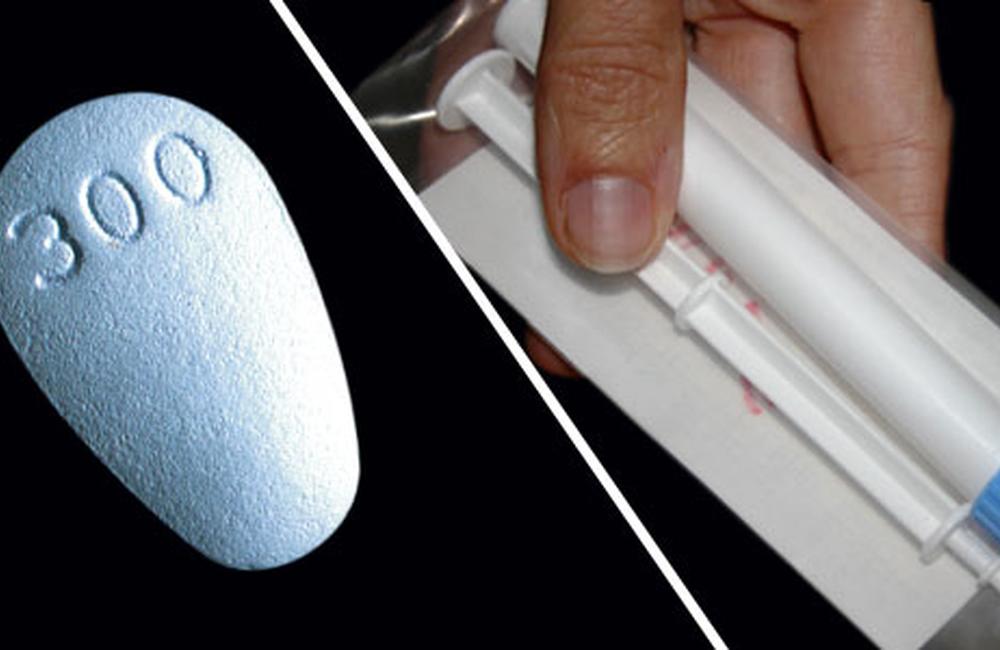
The first head-to-head trial directly comparing the acceptability of tenofovir pills and tenofovir microbicide gel amongst HIV-negative women has found that, while African women liked both products equally, three-quarters of US women preferred a pill.
The study also found, not unexpectedly, that concentrations of tenofovir in cells in the cervix and vagina were, respectively, 20 and 100 times higher in women using the gel than taking the pill. Although there is no definitive evidence yet, this suggests that a topical microbicide might be more fully protective against sexual infection than oral PrEP.
Conversely, concentrations of tenofovir in cells in the blood were 54 times higher in women taking oral PrEP than in those using a gel. The level reached in blood and blood cells in women using the microbicide gel was less than one-tenth of the minimum observed concentration of tenofovir required to inhibit HIV replication by 50% (the IC50), and much lower than the average IC50, indicating that levels of drug in the blood of microbicide users who become infected with HIV despite microbicide use are unlikely to generate resistance – though this is also yet to be shown.
In the MTN-001 study, 144 women at seven sites in Africa and the US were randomised to take a daily tenofovir pill, use daily 1% tenofovir microbicide gel, or use both together. All women used all three regimens at some point during the study: women were randomised to use one regimen for six weeks, take a week’s break, then use another, and so on, until they had used all three.
Self-reported adherence was 94% and did not differ between regimens but, as has been found in other prevention trials, actual adherence as measured by drug concentrations was in the range of 35 to 65%. There was a higher rate of nausea in women taking oral tenofovir (15% with solo tenofovir, 14% with both formulations) than in women using the gel alone (3%).
There was a rough symmetry in concentrations in genitals and blood according to whether women were taking the gel or the pill.
For instance, the concentration of tenofovir in the blood of women taking the pill was 332 nanograms per millilitre (ng/ml) but in the vagina only 0.2 ng/ml; conversely the concentration in the blood of women using the gel was 3.7 ng/ml but in vaginal tissues, 113 ng/ml. Tenofovir’s IC50 (the concentration of drug needed to inhibit half the virus) is 220 to 500 ng/ml (Skowron and Ogden), but the drug, when administered as a microbicide, reached much higher concentrations in cells, which is where it needs to do its work. However, presenter Craig Hendrix did warn that “what is ‘enough’ for prevention is yet to be defined”.
Ninety-three per cent of women said they would use the tablet if they needed to in the future, 83% the gel and 82% both formulations. This difference was driven entirely by women in the four US sites.
Seventy-three per cent of US women said they preferred to take an oral tenofovir pill, whereas African women preferred pill and gel about equally, with 42 to 44% each saying their first preference was the pill or the gel. African women's preference for gel was driven by a number of African participants who said they preferred the gel because it made sex better.
Abstracts and webcast
You can view the abstract from this research on the official conference website:
Abstract 35LB: http://www.retroconference.org/2011/Abstracts/42418.htm
You can also watch a webcast of the presentations made at this conference session.
Webcast from HIV Prevention: HSV2, Topical and Oral PrEP, and Circumcision.
We rely on donations to continue our work to help people with HIV, support us today at: www.aidsmap.com/donate
Hendrix C et al. MTN-001: A Phase 2 cross-over study of daily oral and vaginal TFV in healthy, sexually active women results in significantly different product acceptability and vaginal tissue drug concentrations. Eighteenth Conference on Retroviruses and Opportunistic Infections, Boston, abstract 35LB, 2011. See the abstract here.
Skowron G and Ogden RC Reverse transcriptase inhibitors in HIV/AIDS therapy. Humana Press, 2006.
